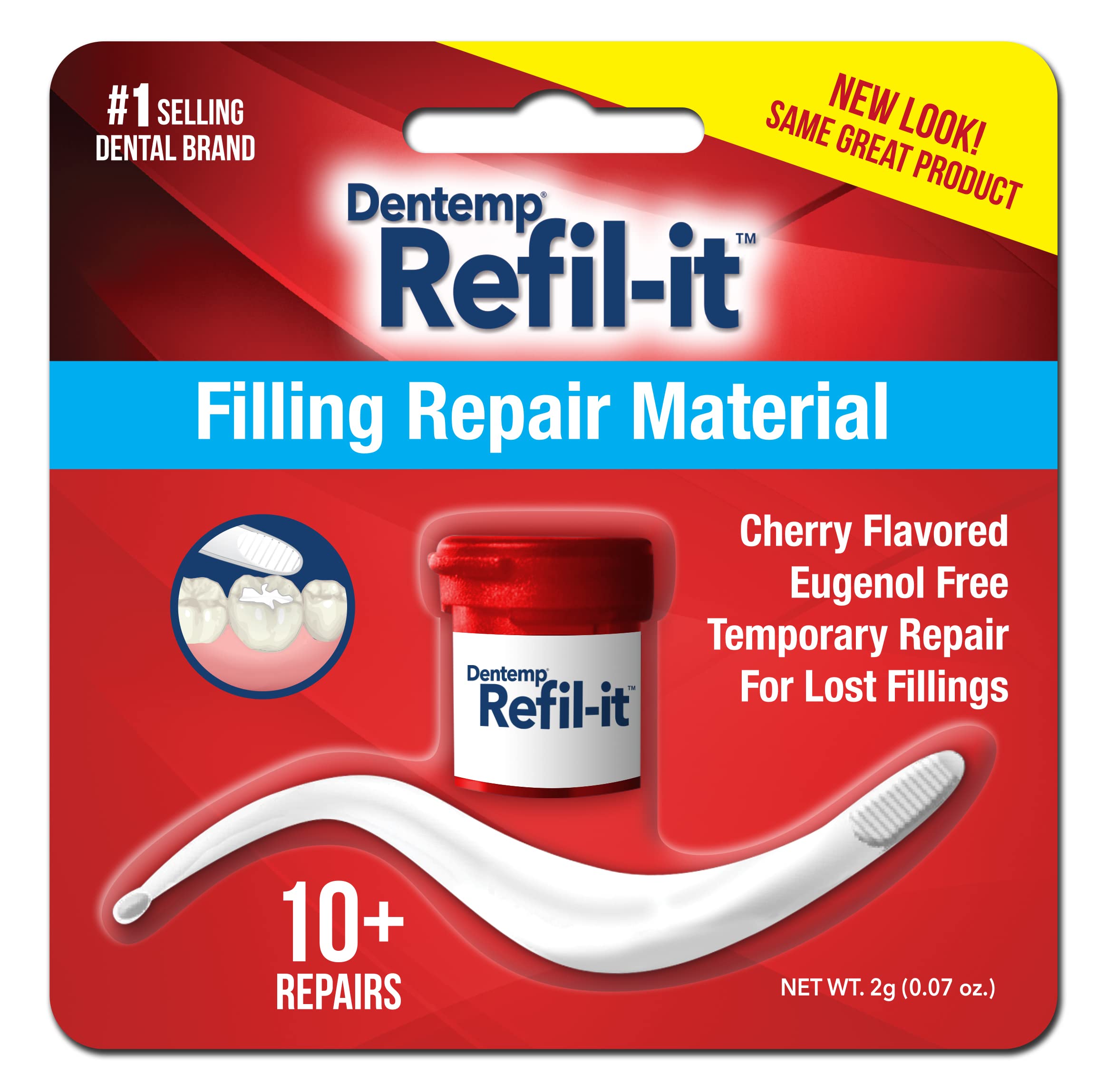10 Chipped Tooth Filling Fixes For Pain Relief

A chipped tooth can be a painful and frustrating experience, especially when it comes to filling the tooth and relieving the associated pain. The first step in addressing the issue is to understand the importance of prompt dental care. When a tooth is chipped, the inner layers of the tooth, including the dentin and pulp, can be exposed, leading to sensitivity and discomfort. Ignoring the problem or delaying treatment can lead to more severe complications, such as infection, abscesses, or even tooth loss.
To alleviate the pain and repair the tooth, there are several options available. Here are 10 potential fixes for a chipped tooth filling that can provide pain relief:
Resin-Based Composite Filling: This is a popular and widely used filling material for repairing chipped teeth. The tooth-colored resin is bonded to the tooth using a special adhesive, restoring the tooth’s natural appearance and function. With proper care, a composite filling can last for many years.
Ceramic or Porcelain Filling: For more extensive chips or in areas of high visibility, ceramic or porcelain fillings might be recommended. These materials are durable, aesthetically pleasing, and can mimic the natural color and texture of teeth. They are often used in combination with other materials to achieve the best results.
Gold Filling: Although less common due to their high cost and the availability of modern alternatives, gold fillings are still an option for some patients. They are durable, can last for decades, and have antibacterial properties. However, they require more extensive preparation and may not be suitable for everyone.
Amalgam Filling: While not as commonly used for visible teeth due to their metallic color, amalgam fillings are durable and effective for repairing molars or teeth that are not visible when smiling. They are less expensive than some other materials but may require more tooth structure removal.
Dental Bonding: This is a quick and relatively inexpensive procedure that involves applying a tooth-colored resin to the chipped area. It’s often used for minor chips and can be completed in a single visit. However, the bonding material may not be as durable as other filling materials.
Onlay or Inlay: For more substantial damage, an onlay or inlay might be necessary. These are custom-made pieces of ceramic, gold, or composite material that are cemented into place, covering the cusp of the tooth (onlay) or filling the space between the cusps (inlay). They offer a durable solution and can help preserve the tooth.
Dental Veneer: While not a traditional filling, a veneer can be an excellent solution for front teeth that are chipped. A veneer is a thin, custom-made shell that is bonded to the front of the tooth, improving its appearance and protecting it from further damage.
Crowns: In cases where the chip is significant or the tooth is severely damaged, a dental crown might be the best option. A crown covers the entire tooth, restoring its shape, size, and function. Crowns can be made from various materials, including ceramic, porcelain, gold, or a combination of these.
Temporary Filling: If you’re unable to see a dentist immediately, a temporary filling can provide relief. These are usually made from a soft material that can be applied at home or in a dental office. They are not a permanent solution but can help alleviate pain and sensitivity until a more permanent fix can be applied.
Pain Relief Measures: Until you can get a professional filling, there are several home remedies that can help manage the pain associated with a chipped tooth. Over-the-counter pain relievers like ibuprofen or acetaminophen can help reduce discomfort. Applying a cold compress to the outside of the cheek near the affected tooth or using desensitizing toothpaste can also provide relief.
When considering these options, it’s essential to consult with a dental professional to determine the best course of treatment based on the extent of the chip, the location of the tooth, and your personal preferences and budget. Remember, a chipped tooth is not just a cosmetic issue; it can also lead to more severe dental problems if left untreated.
In conclusion, while a chipped tooth can be a painful and distressing experience, there are numerous effective solutions available for repair and pain relief. By understanding the causes, recognizing the importance of prompt treatment, and exploring the various options for fixing a chipped tooth, individuals can restore their oral health and confidence in their smile.
What is the best material for filling a chipped tooth?
+The best material for filling a chipped tooth depends on several factors, including the location of the tooth, the extent of the chip, personal preferences, and budget. Common materials include resin-based composite, ceramic, gold, and amalgam. It's essential to consult with a dentist to determine the most appropriate material for your specific situation.
Can I fix a chipped tooth at home?
+While there are temporary measures you can take at home to alleviate pain and sensitivity, such as using a temporary filling material or applying a cold compress, it's highly recommended to visit a dentist for a proper evaluation and treatment. A professional can assess the extent of the damage and provide a durable, long-lasting solution.
How long does it take to fix a chipped tooth?
+The time it takes to fix a chipped tooth can vary significantly depending on the chosen treatment. Simple fillings or bonding can often be completed in a single visit, lasting about 30 minutes to an hour. More complex procedures, such as crowns or veneers, may require multiple visits and several weeks for the fabrication of the restoration.


